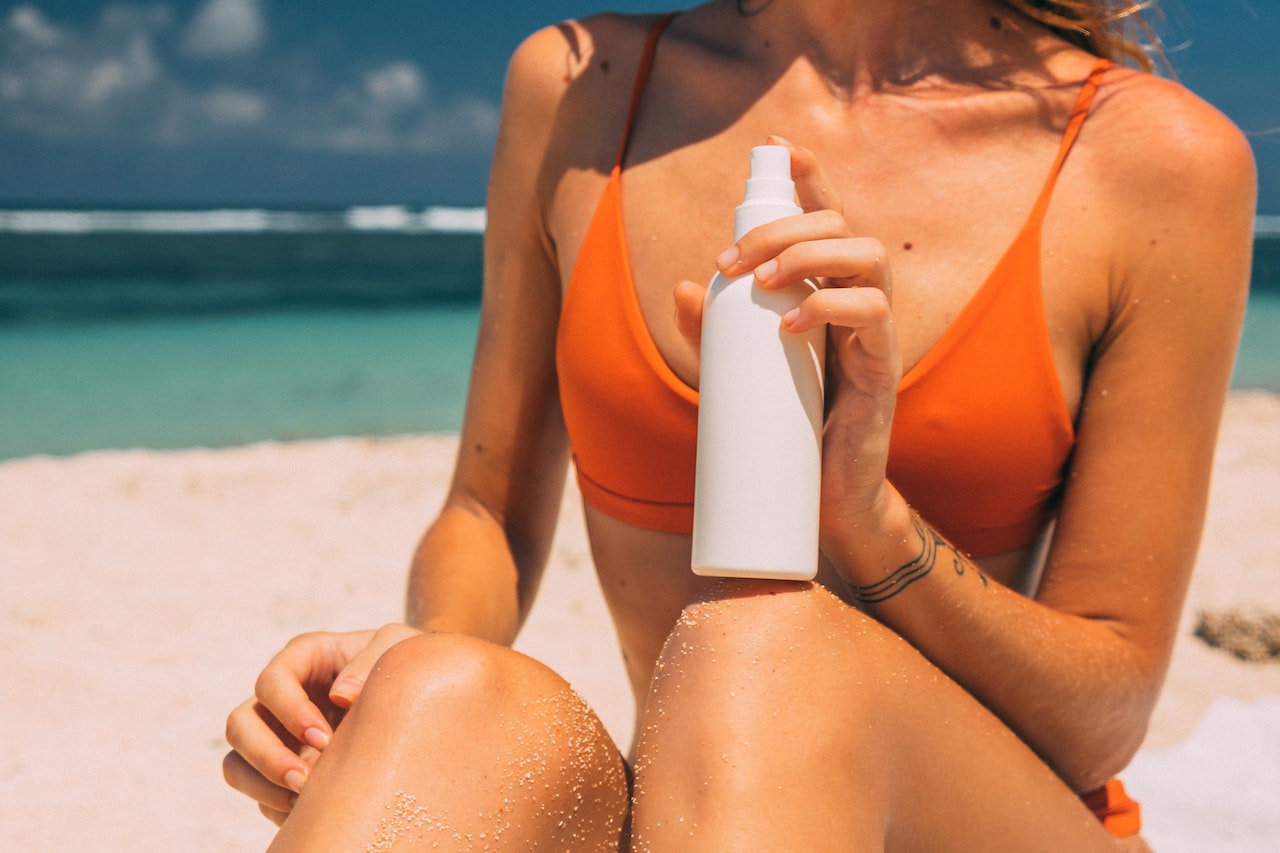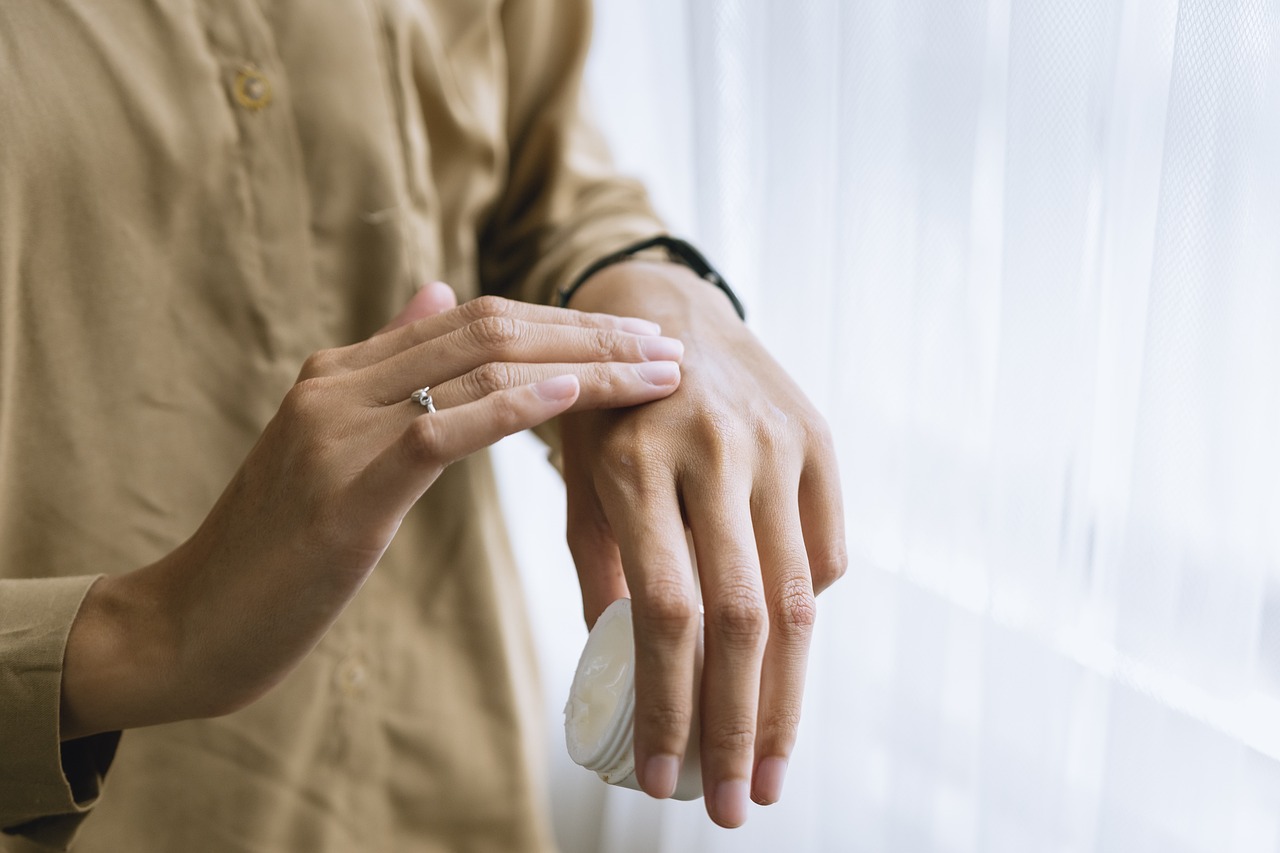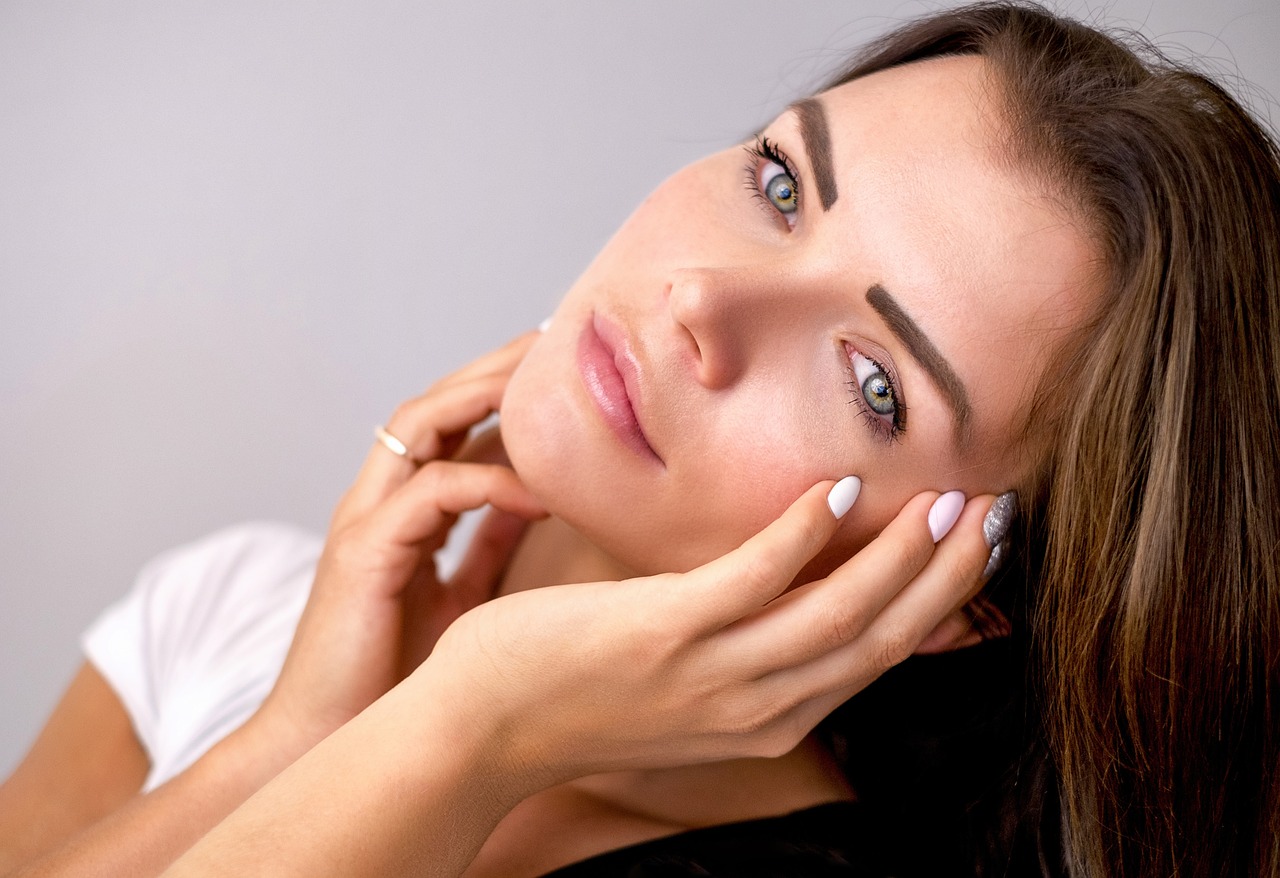Listen up, my sun-kissed (read: sun-blasted) friends. We all love to bask in the glorious rays of that giant fiery ball in the sky, especially after being cooped up during the colder months. But let’s be real: too much sun can leave you looking like you’ve been deep-fried at a county fair. Unless “extra crispy” is your aesthetic, you might want to read on.
Sun Damage 101: What It Is, Why It’s Nasty, and Why You Should Care
Before we dive deep into our guide to prevent sunburn and channel your inner lobster, let’s take a moment to understand what sun damage really is. It’s not just a fancy term thrown around by skincare brands to make you buy their latest SPF-infused avocado-toast-scented moisturizer (though that does sound delightful).
What is Sun Damage?
At its core, sun damage is the effect of the sun’s ultraviolet (UV) rays on our skin. There are two main types of UV rays: UVA and UVB. Here’s the lowdown:
- UVA Rays: These sneaky devils penetrate deeper into the skin and are the major culprits behind premature aging. Think wrinkles, fine lines, and that leathery look. Ever seen someone with skin that resembles a well-worn leather bag? Thank UVA.
- UVB Rays: These bad boys are responsible for those painful sunburns. They damage the skin’s more superficial layers, and consistent exposure can lead to various skin conditions, even skin cancer.
Why Should You Care?
Apart from the fact that no one truly aspires to look like an old boot or a freshly boiled lobster, sun damage can have serious health implications. Continuous exposure without protection increases the risk of skin cancer, including melanoma, which is the deadliest form. And let’s be clear: skin cancer doesn’t discriminate based on your tan-game. People of all skin tones can and do get it.
Also, while a sunburn might seem like a temporary inconvenience, repeated burns can lead to permanent skin damage. And don’t even get me started on those pesky dark spots and wrinkles.
The Golden Rule: Prevention is Better than Cure
Before we spill the tea on how to prevent and treat sun damage, remember this: It’s always easier to prevent sun damage than to treat it later. Like, “avoiding a bear by not poking it” kind of easier. So, as much fun as it might be to chase that sun-kissed glow, it’s worth taking a few precautions.
Now that you’re armed with a tad bit more knowledge than before (you’re welcome), let’s delve into how to protect that precious skin of yours and, if needed, how to treat it when the sun plays a bit too rough.
Preventing Sun Damage
1. SPF: Your BFF
First off, sunscreen. Shocking, I know. The number of people who don’t wear sunscreen because they “don’t burn” is astounding. Well, newsflash, darling: the sun doesn’t discriminate. It’s happy to fry anyone and everyone. SPF, which stands for “Sun Protection Factor,” isn’t just for those with fair complexions. Think of it as your suit of armor against those scorching rays. So, lather up, regardless of whether you tan like a bronze god or burn like a tomato.
And remember, reapply every two hours, especially if you’re swimming or sweating. You wouldn’t wear a raincoat with holes, would you?
2. Seek Shade: Because Trees Are Cool (Literally)
Got a beach umbrella? Use it. Find a tree? Sit under it. Is there a cloud blocking the sun? Say a silent thank-you to Mother Nature. While it might be tempting to lie under the sun all day, it’s a shortcut to turning your skin into leather — and not the cool, stylish jacket kind. Seeking shade during peak sunlight hours (10 a.m. to 4 p.m.) is not only smart, but it’s also an effortless way to look mysterious and alluring while you dodge those relentless UV rays.
3. Those Fancy Wide-Brimmed Hats Aren’t Just for Derby Day
Fashion and function? Sign me up! Wide-brimmed hats are your crowning glory when it comes to preventing sun damage. They shield your face, ears, and neck — areas that often scream “I’ve had too much sun!” first. Plus, you’ll look like you stepped out of a fashion magazine, and who wouldn’t want that?
4. Sunglasses: Not Just to Look Like a Movie Star
Sure, those oversized sunglasses might make you feel like you’re hiding from the paparazzi, but they’re doing more than just upping your style game. Quality sunglasses protect your peepers from harmful UV rays, which can prevent cataracts and other eye conditions. Look for sunglasses that block 99% or 100% of both UVA and UVB rays. Plus, no one can see you roll your eyes at the person who forgot their sunscreen.
5. Your Car Isn’t Just for Karaoke
Did you know that UVA rays can penetrate window glass? Yep, that means you can still get sun damage while driving (or belting out your favorite tunes). Consider getting a UV-protective film for your car windows. Not only will it keep your skin safe, but it’ll also give you some extra privacy for those dramatic car performances.
6. Moisturize Like Your Life Depends On It
Alright, it doesn’t actually, but your skin’s youthfulness might. Sun can be incredibly drying, so keeping your skin hydrated is crucial. Look for moisturizers that have added sun protection. It’s like a two-for-one deal, and who doesn’t love a good bargain?
Treating Sun Damage
Okay, so you thought you were invincible. You laid out in the sun, sunscreen-less, for hours on end, dreaming of that bronzed glow. And now? Well, you’re a mix between a lobster and a tomato. Classy. Fear not, my crispy compadre, there’s hope for you yet.
7. Aloe Vera: The OG Sunburn Soother
Aloe vera is basically the knight in shining armor for sunburned souls everywhere. It’s cooling, soothing, and reduces inflammation. So, slather it on and let its gooey magic work wonders. Just a word of advice: opt for pure aloe vera gel without added colors or fragrances. You’re trying to soothe your skin, not turn it into a chemical soup.
8. Cool It Down: Literally
You’re already hot stuff (and not in a good way right now). Take a cold bath or shower to reduce the heat on your skin. Avoid hot water at all costs; you’ve cooked enough for one day.
9. Hydration Station
Sunburn draws fluid to the skin’s surface and away from the rest of the body, so you’re going to need to hydrate like you’ve just run a marathon. Guzzle that water. Throw in some electrolyte-rich sports drinks if you’re feeling fancy.
10. Over-the-Counter Savior: NSAIDs
If you’re in pain and swelling up like a balloon, over-the-counter nonsteroidal anti-inflammatory drugs (NSAIDs), like ibuprofen, can be your BFF. They’ll reduce inflammation and ease some of that “I-regret-my-life-choices” pain.
11. Fashion Faux Pas Alert: Tight Clothing
Your skin is already throwing a fit. Don’t irritate it further with tight clothing. Go for loose, soft, and breathable fabrics. Essentially, think of dressing like you’re about to attend a pajama party.
12. Moisturize, But Wisely
You’ll want to lock in moisture after a sunburn. But be picky. Lotions with petroleum, benzocaine, or lidocaine can trap heat in your skin or cause irritation. When in doubt, revert to Point 7: good ol’ aloe vera.
13. The Power of Antioxidants and Vitamins
Foods rich in antioxidants can help repair damaged skin. So, indulge in some berries, nuts, and dark chocolate (yes, you read that right). Additionally, consider using skincare products with Vitamin E and C; they can assist in repairing skin that’s been hurt by UV rays.
14. If You Start Peeling, Don’t Throw a Party
Peeling can be a part of the healing process. As tempting as it may be, don’t pick at your skin. Let it do its thing. If you start peeling like a snake shedding its skin, moisturize and let nature take its course.
Conclusion
So there you have it. While the sun might serenade you with its warm embrace, remember it’s a fiery ball of molten gas millions of miles away; it doesn’t actually care about your skin goals. Respect it, protect against it, and if you do goof up (because, let’s be real, it happens), now you know how to combat the aftermath.
But next time, maybe just stick to a spray tan, ok?
Pro Tips to Keep You Sun-Savvy and Skin-Happy
Alright, sun worshippers, before you gallivant back to your sun-drenched adventures, here are a few extra tidbits to keep in your back pocket. Consider these the cherry on top of your sun protection sundae:
1. Know Your Numbers: Not all sunscreens are created equal. SPF 30 blocks about 97% of UVB rays, while SPF 50 blocks about 98%. But beware of the myth that SPF 100 means double the protection of SPF 50. It doesn’t work that way. Instead, focus on applying a broad-spectrum sunscreen generously and reapplying often.
2. Cloudy Day? Don’t Be Fooled!: UV rays laugh in the face of clouds. Up to 80% of UV rays can pass through clouds, so even if it’s overcast, slap on that sunscreen.
3. Tech to the Rescue: There are several mobile apps these days that can notify you about the UV index in your area and remind you to reapply sunscreen. Embrace the digital age and let your phone nag you for a change.
4. Early Bird and Night Owls Rejoice: The sun’s rays are strongest between 10 a.m. and 4 p.m. If you can, schedule outdoor activities outside these hours. Your skin will thank you.
5. Expiry Dates Aren’t Just for Milk: Sunscreen loses its efficacy over time. If your sunscreen has been sitting in your cupboard since Y2K, it’s time to toss it. Always check the expiry date.
6. Lips Need Love Too: Invest in a lip balm with SPF. Your pout is sensitive and can burn easily. Plus, chapped, sunburned lips aren’t the best look when you’re trying to rock a beach selfie.
7. Post-Sun Skincare Ritual: After sun exposure, consider using skincare products containing hyaluronic acid or ceramides. They help retain and restore moisture, keeping your skin hydrated and happy.
8. Year-Round Protection: Winter sun, reflecting off snow, can be just as damaging as a summer sunburn. The sun doesn’t take a holiday, and neither should your protection habits.
9. Patch Test New Products: When trying out a new sunscreen or after-sun product, always do a patch test on a small area of your skin. Because nothing says “ruined vacation” like an allergic reaction.
10. Regular Check-ins: Make it a habit to regularly check your skin for any unusual spots or moles. Early detection is key, so if you see something suspicious, chat with a dermatologist.
Frequently Asked Questions (FAQs) about Sun Damage
Sunburn is the skin’s response to extreme UV damage. When you’re out in the sun for too long without proper protection, the UV rays damage the DNA in your skin cells, leading to that painful redness we all know and dread.
Absolutely. UV rays can penetrate through clouds, so even on overcast days, you’re at risk. In fact, up to 80% of UV rays can push through light cloud cover. So, don’t skip the sunscreen just because the sun is playing hide and seek!
While a tan might look like a sign of healthy skin, it’s actually your skin’s defense mechanism against further UV damage. Even if you don’t burn, tanning still indicates some level of skin damage, which can accelerate skin aging and increase the risk of skin cancer.
Ideally, every 2 hours. However, if you’re swimming, sweating, or rubbing off your sunscreen (say, with a towel), you should reapply more often.
Sunscreen does have an expiry date, and its protective ingredients can degrade over time. Always check the expiration date, and when in doubt, buy a new bottle.
While it’s true that people with darker skin tones have more melanin, which provides some natural protection from the sun, it doesn’t make them immune to sun damage. Everyone, regardless of skin tone, should take precautions when out in the sun.
Makeup with SPF can provide some protection, but it’s typically not applied as thickly or uniformly as sunscreen. It’s best to use a broad-spectrum sunscreen and then apply makeup with SPF on top for an added layer of protection.
Some signs of sun damage can be treated or minimized with skincare products, medications, or procedures, but prevention is the best approach. Always protect your skin to reduce further damage, and consult a dermatologist for treatment options for existing damage.
Yes, UV rays do stimulate the production of Vitamin D in the skin. However, prolonged exposure to the sun can cause more harm than good. It’s best to balance short periods of sun exposure with proper protection and to consult with a healthcare professional about other sources of Vitamin D.
No. UV rays can harm your skin year-round, even during colder months. Snow can even reflect up to 80% of UV rays, increasing the risk of exposure. Always be sun-smart, no matter the season!



